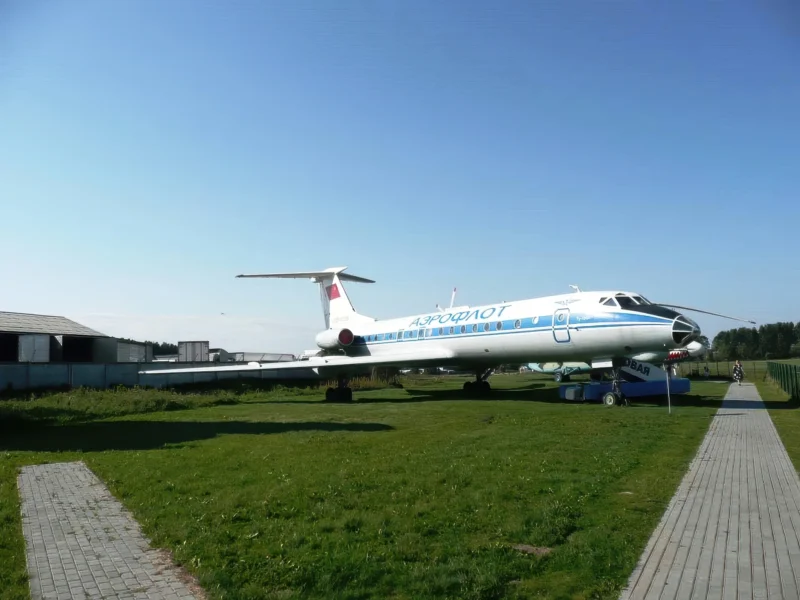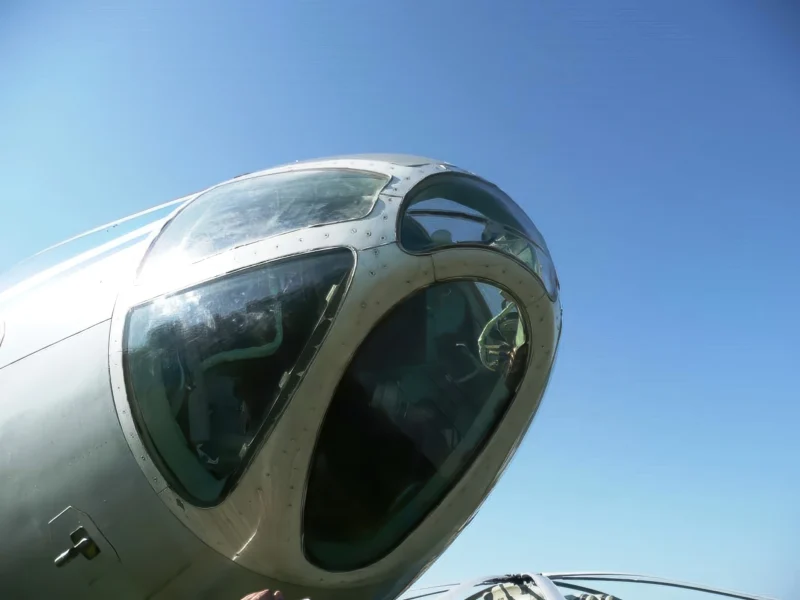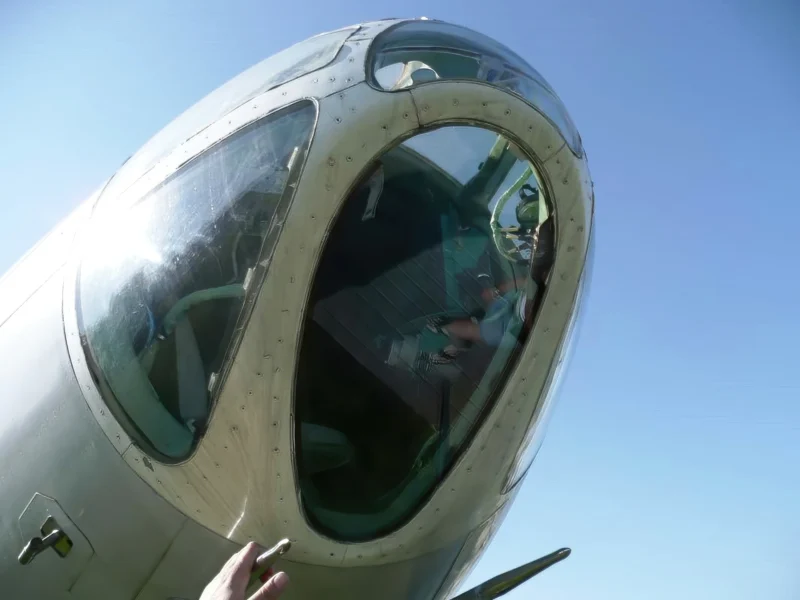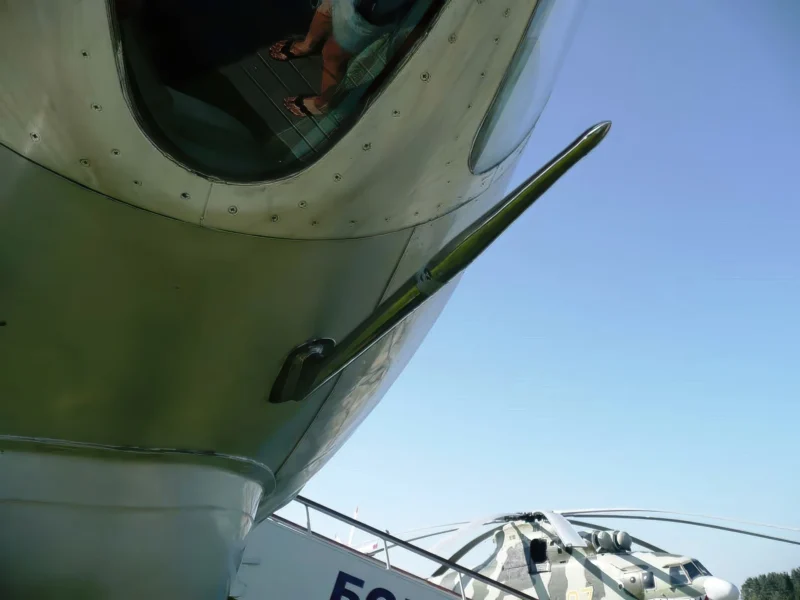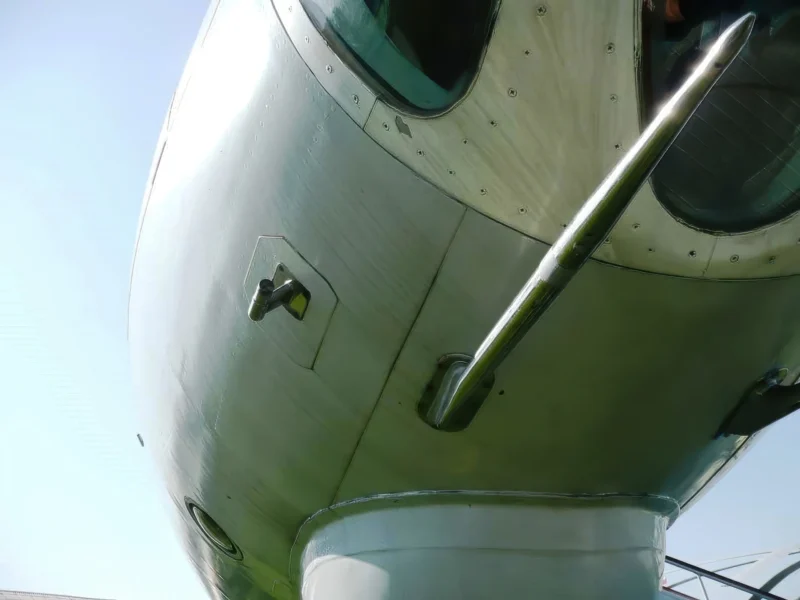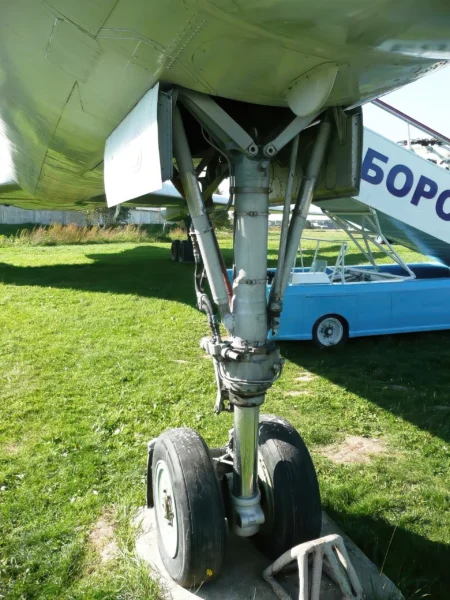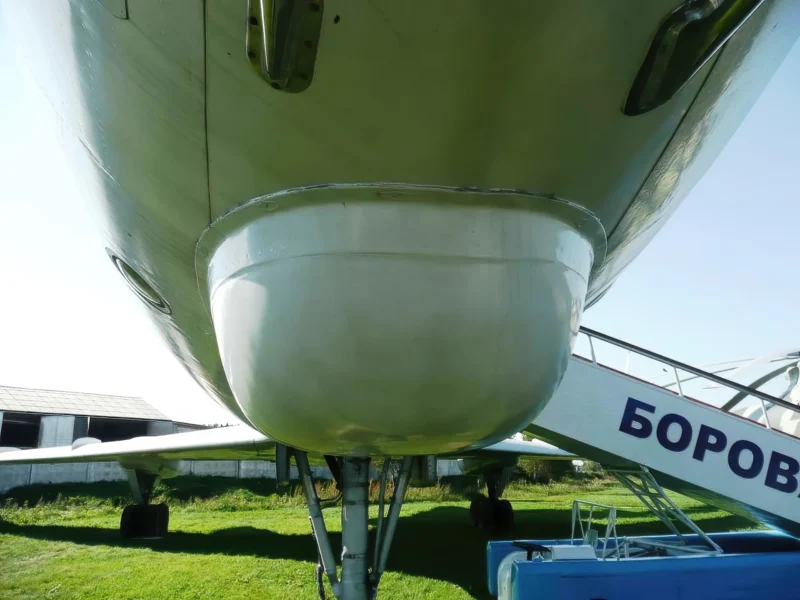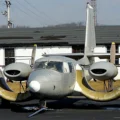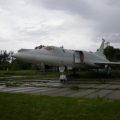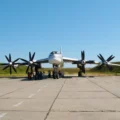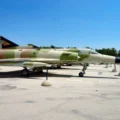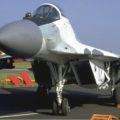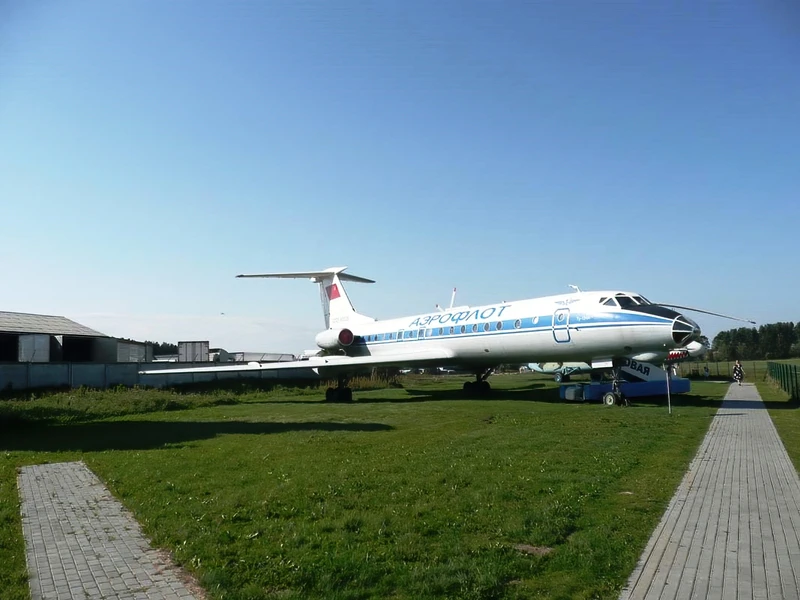
Tupolev Tu-134 | |
|---|---|
| Land | Sovjetunionen – Russland |
| Rolle | Passasjerfly |
| Første fly | 29. juli 1963 |
| Bygget | 854 |
Den Tupolev Tu-134 (NATO-rapporteringsnavn: Crusty) er et tomotors, smalt jetfly bygget i Sovjetunionen for korte og mellomdistanse ruter fra 1966 til 1989. Den originale versjonen hadde en glasert nesedesign, og i likhet med visse andre russiske passasjerfly (inkludert søstermodellen Tu-154), kan den operere fra ikke-asfalterte flyplasser.
Kilde: Tupolev Tu-134 på Wikipedia
| Tupolev Tu-134A Gå rundt | |
|---|---|
| Fotograf | Vladimir Yakubov |
| Lokalisering | Minsk-Borovaya Air Museum, Hviterussland |
| Bilder | 149 |
Les også:
General Characteristics (Soviet Era)
The Tupolev Tu-134 is a twin-engine, short-to-medium-range jet airliner developed in the Soviet Union, originally conceived to replace the Ilyushin Il-14. The ‘A’ variant was the first major production modification, introducing improved engines and increased passenger capacity.
| Property | Value (Tu-134A Variant) |
|---|---|
| Rolle | Short/Medium-Haul Airliner |
| Produsenten | Kharkov State Aircraft Plant / Tupolev Design Bureau |
| Entered Service (Tu-134A) | 1970 |
| Mannskapet | 3 or 4 (Pilot, Co-pilot, Flight Engineer/Navigator) |
| Kapasitet | 72 to 84 passengers |
| Lengde | 37.10 m (121 ft 8 in) |
| Vingespenn | 29.0 m (95 ft 2 in) |
Design and Powerplant
- Engines: Two Soloviev D-30-II or D-30-III turbofan engines.
- Engine Placement: A distinctive feature, the engines are mounted in two nacelles on the sides of the rear fuselage (similar to the BAC One-Eleven or Douglas DC-9).
- Thrust (D-30-II): Approx. 66.7 kN (15,000 lbf) per engine.
- Cockpit: Features a glazed nose, originally intended for a navigator, a hallmark of early Soviet jet transport design (though sometimes phased out on later A models).
- Wing Design: Features a swept wing with noticeable dihedral and leading-edge slats for improved low-speed handling.
- Landing Gear: Equipped with low-pressure tires for operation from unprepared airfields, a common Soviet design requirement.
Performance and Variants
- Maximum Cruise Speed: 900 km/h (560 mph, 486 knots).
- Operational Range: Approximately 1,800 to 2,000 km (1,100 to 1,240 miles).
- Service Ceiling: 12,100 m (39,700 ft).
- Key Improvement (Tu-134A): Compared to the original Tu-134, the ‘A’ variant has a stretched fuselage for more seating and an improved turbofan engine. It also replaced the rear braking parachute with reverse thrust on the engines.
- Noise Issues: Due to the high exhaust velocity of its early turbofan engines, the Tu-134 family was known to be extremely loud and was one of the first Soviet types to be banned from many European airports due to noise restrictions in the 1990s and 2000s.
Visninger : 246
